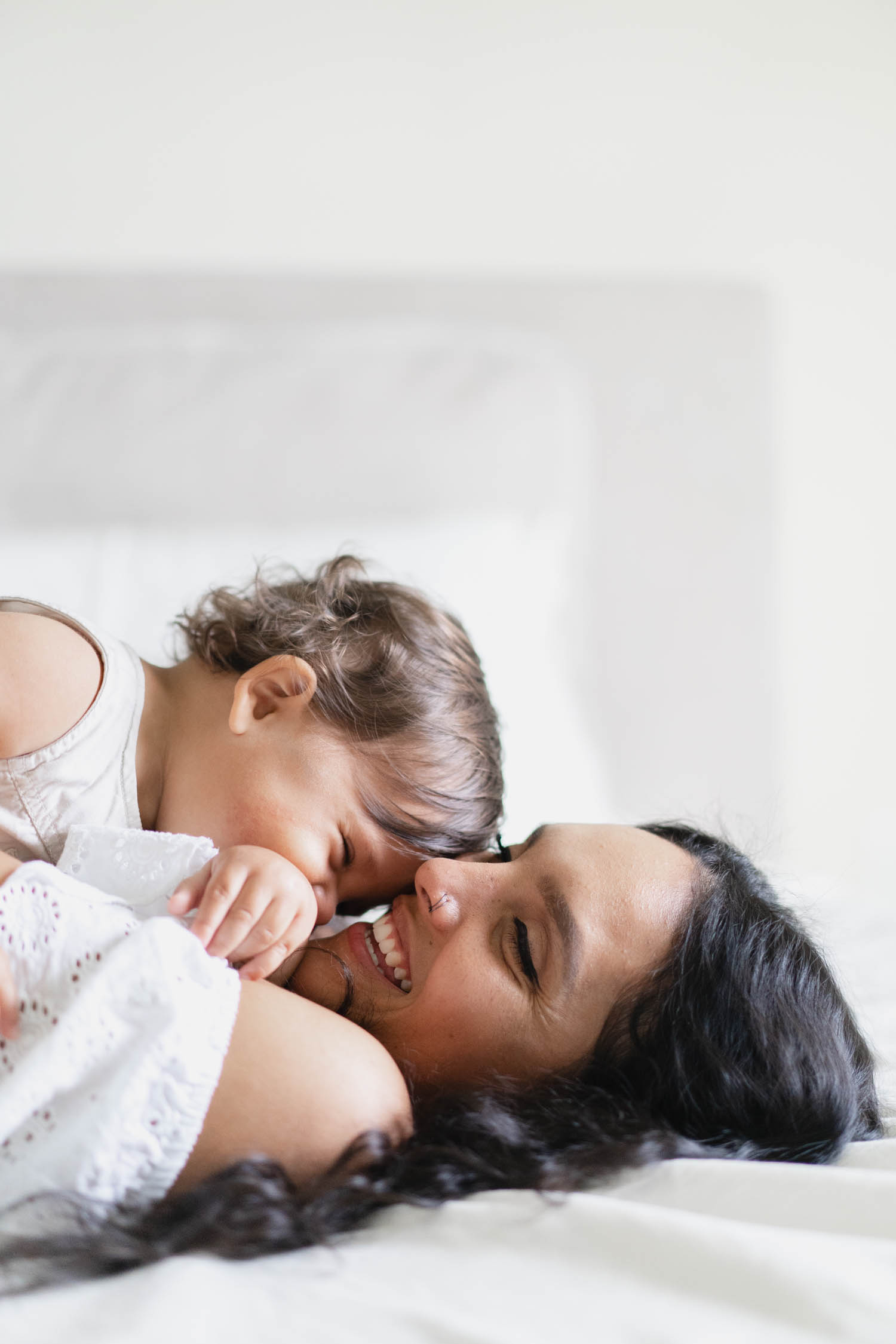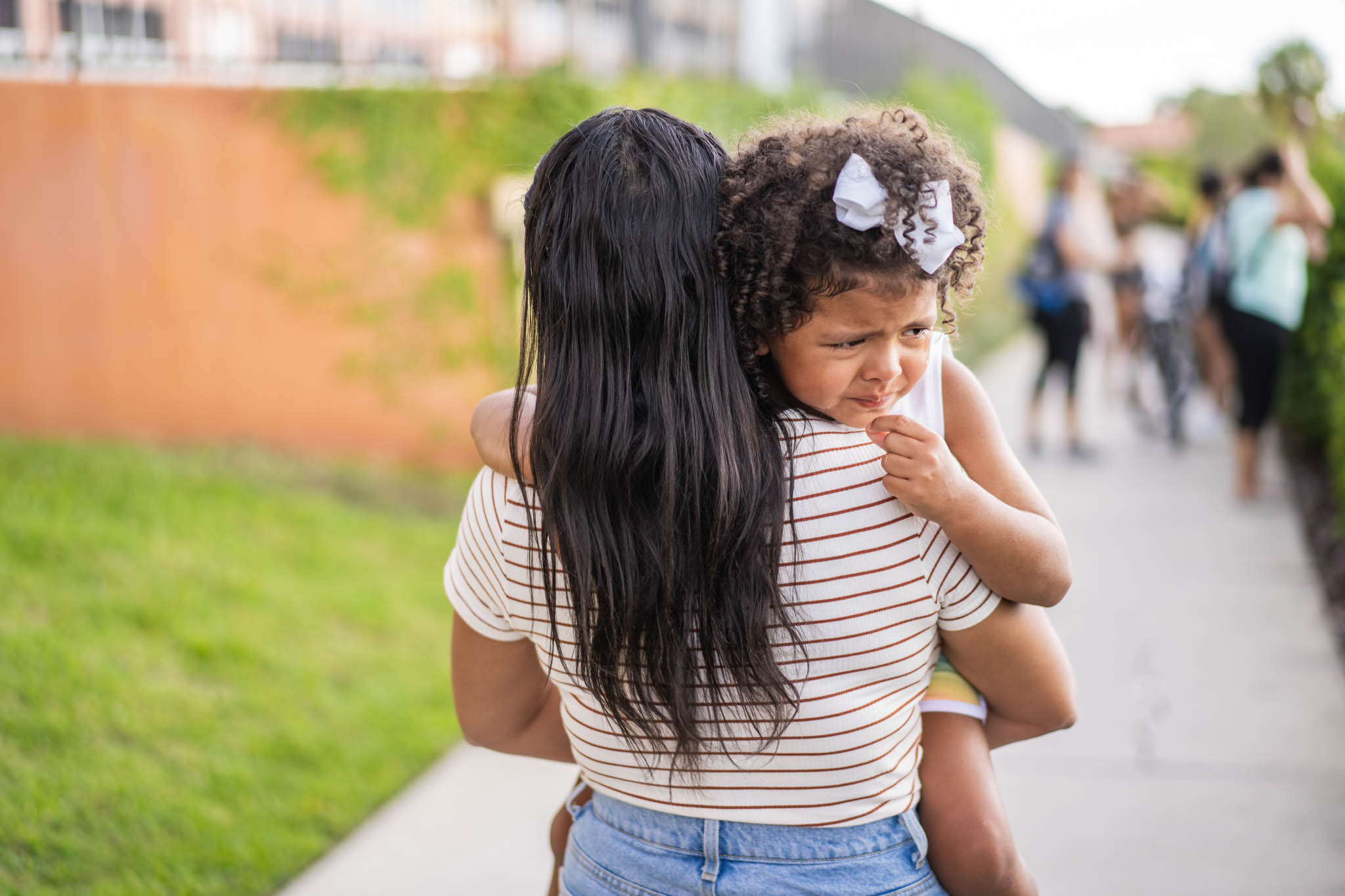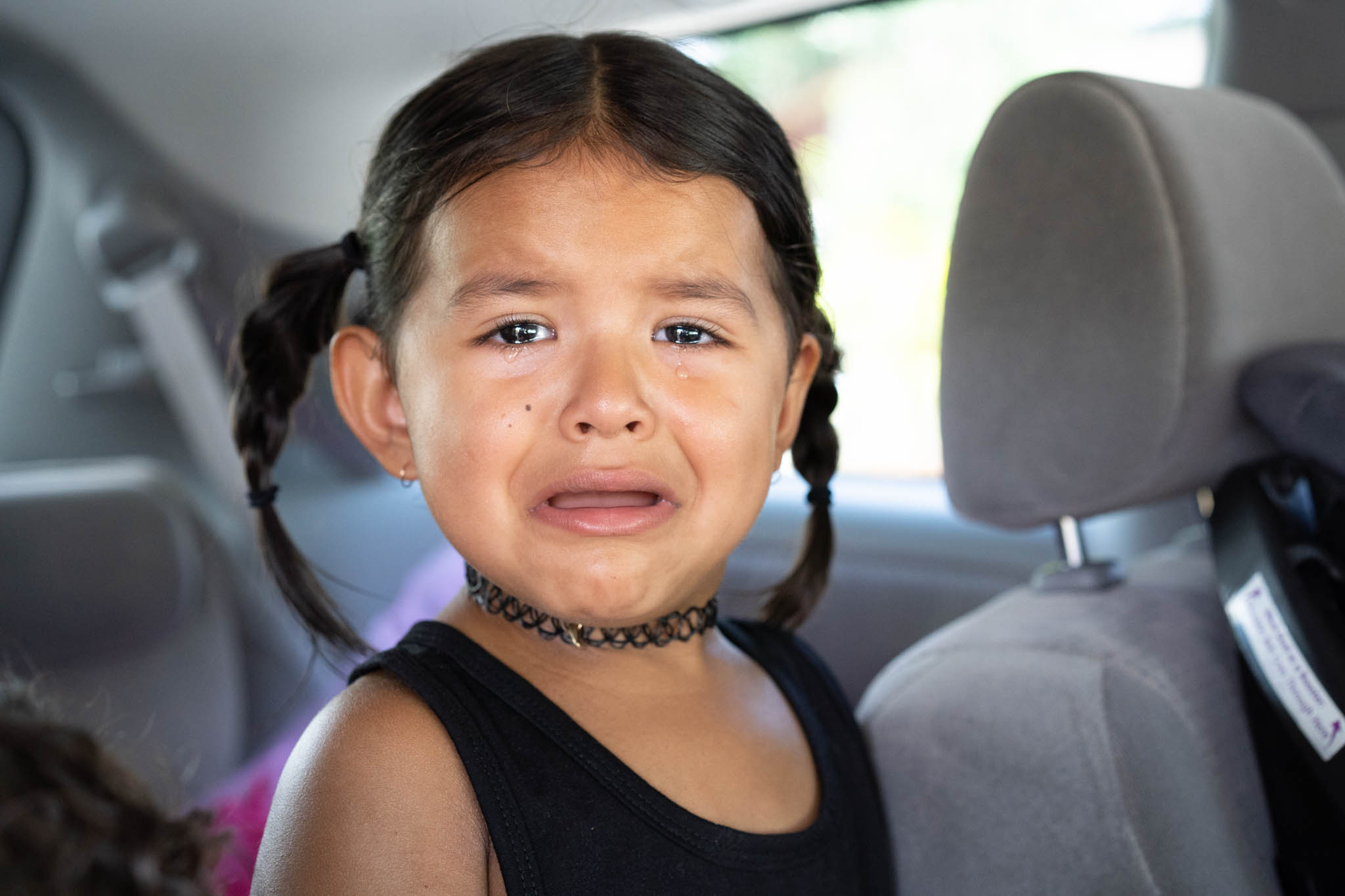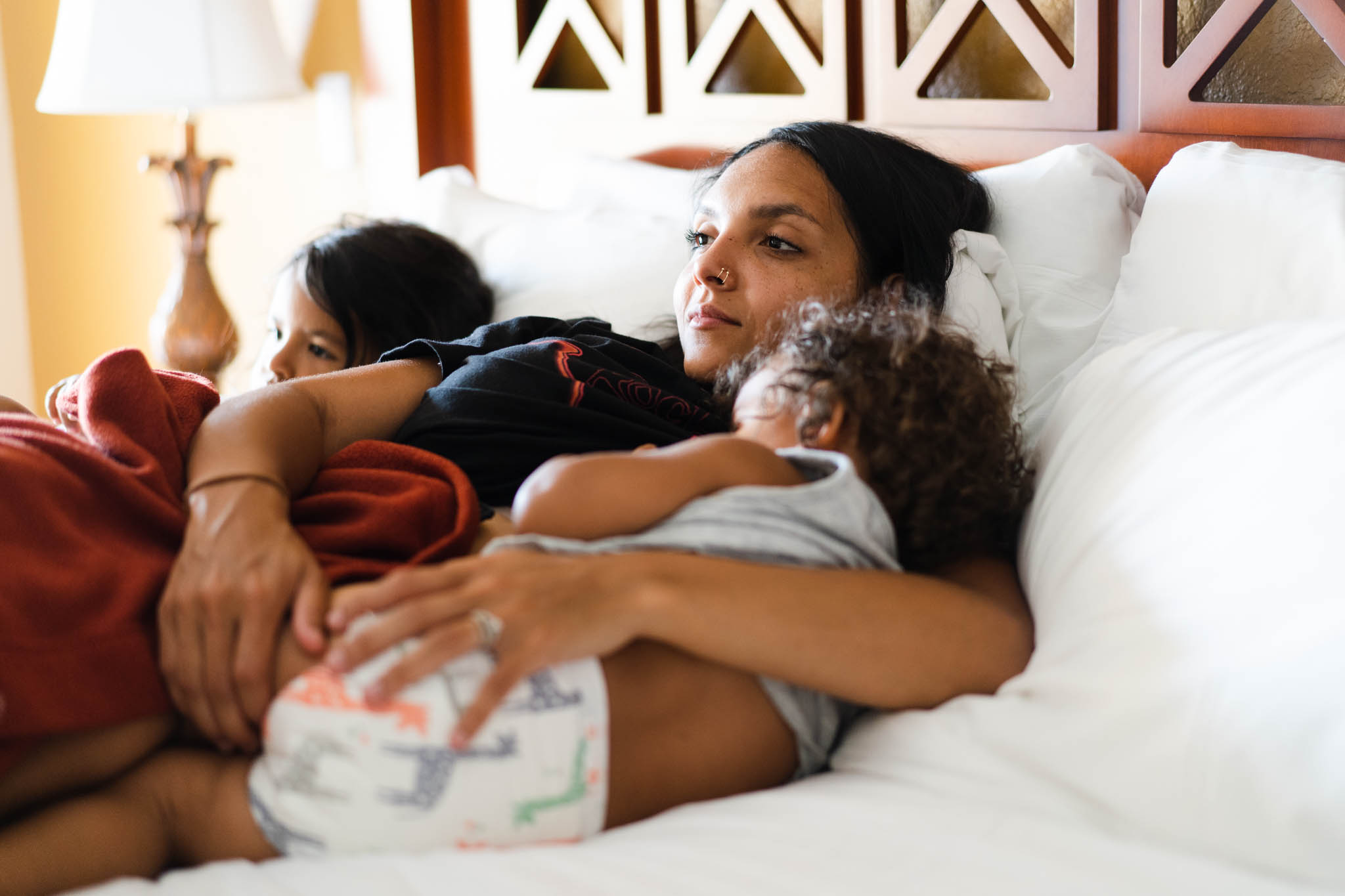The Difference Between Secure Attachment & Attachment Parenting

Have you ever wondered what the difference is between secure attachment and attachment parenting? If you’re a parent, you’ve probably heard of attachment parenting. But what exactly is it? And how does it differ from secure attachment? Although they are similar, there are some important differences to keep in mind. In this blog post, we’ll explore the difference between the two and give you some tips on how to create a secure attachment with your child.
Attachment Theory

First things first, attachment theory. I think it’s important to first understand how the attachment theory developed. So what exactly is attachment theory? Attachment theory is the idea that our early relationships with our primary caregiver shape how we attach to others later in life. These attachment styles can be secure or insecure, and they affect everything from our parenting, romantic relationships, to our work lives.
The concept of attachment theory was first proposed by British psychiatrist John Bowlby in the 1950s. He was the first attachment theorist and described attachment as
” lasting physiological connectedness between human beings”
He believed that the way we attach to our primary caregiver as an infant shapes our entire lives. His experience inspired him to study the effects of separation anxiety and distress that children experience when they are separated from their primary caregiver.
Simply put, the central theme of attachment theory is that the primary caregiver who is available and responsive to their infant’s needs allows the child to develop a sense of security. The infant knows that their primary caregiver is dependable, which in turn creates a secure base for the child to then explore the world.
The Nuerobiology Of Attachment
A developmental nueroscientist named Allan Schore explains
“Attachment theory is essentially a theory of regulation”.
Our brains are constantly trying to regulate our emotions. When we feel happy, our brain wants to keep us feeling happy. But when we feel upset, our brain will try to soothe us. This is what John Bowlby was referring to when he said attachment is a
“lasting physiological connectedness between human beings”.
The attachment figure is the person who our brain relies on to help us regulate our emotions. When we feel upset, our brain will look to our attachment figure for help in regulating those emotions. And the more our primary caregiver responds to us in a positive way, the more our brain will learn to regulate our emotions. This is what creates a secure attachment.
On the other hand, if our primary caregiver is unavailable or unresponsive to our needs, our brain will learn to self-soothe. This is what creates an insecure attachment.
In order to fully understand the neuroscience behind attachment, we need to understand the two systems that are constantly working together in our brain- the autonomic nervous system (ANS) and the limbic system.
Autonomic Nervous System
The autonomic nervous system is responsible for all of the automatic processes in our body, such as breathing, heart rate, and digestion. The autonomic nervous system is split into two parts- the sympathetic nervous system (SNS) and the parasympathetic nervous system (PNS). The SNS is responsible for the “fight or flight” response, while the PNS is responsible for the “rest and digest” response.
Limbic System
The limbic system is responsible for our emotions and memories. The two parts of the limbic system are the cortex and the hippocampus. The cortex is responsible for our conscious thoughts and memories, while the hippocampus is responsible for our emotional memories.
So how do these two systems work together in the development of attachment? The ANS and the limbic system are constantly working together to regulate our emotions. When we experience positive emotions, the sympathetic nervous system kicks in and the cortex and hippocampus start to produce happy memories. This is what creates a secure attachment.
On the other hand, when we experience negative emotions, the parasympathetic nervous system kicks in and the hippocampus starts to produce memories of the times we felt upset. This is what creates an insecure attachment.
It’s important to note that attachment is not just something that happens between a parent and child. We can form attachments to anyone who is important to us- spouses, friends, or even pets. And the more we rely on someone to help us regulate our emotions, the more attached we become to them.
Secure Attachment

What is a secure attachment? Secure attachment is the healthiest type of attachment bond that can form between a parent and child. Secure attachment occurs when a parent is consistently responsive to their child’s needs for comfort, love, and support. This type of attachment creates a strong sense of security and trust in the relationship, which lays the foundation for healthy emotional development. Secure attachment is the ideal attachment, and it occurs when a child feels safe and secure.
Attachment Parenting

Attachment parenting, on the other hand, is a parenting style that is characterized by a close physical and emotional connection between parent and child. This type of parenting often includes practices such as co-sleeping, babywearing, and breastfeeding. Attachment parenting is based on the idea that secure attachment is crucial for healthy development, and that the best way to create a secure attachment is to respond quickly and consistently to a child’s needs.
It’s important to note that, while attachment parenting does promote secure attachment, it is not the only way to achieve this bond. There are many different ways to parent, and what works for one family may not work for another. The important thing is to find what works for you and your child and to provide them with a safe and secure environment in which they can thrive.
Insecure Attachments

There are different types of attachments styles. Some people have a secure attachment while others have an insecure attachment. People with secure attachment feel safe and secure in their relationships, while people with insecure attachments do not. People with an insecure attachment style usually have a negative view of themselves and their relationships. They may find it difficult to trust others and may feel like they are always on the outside looking in. They may have trouble forming close, intimate relationships or may feel anxious and clingy in their relationships.
There are three different types of insecure attachments:
- Avoidant Attachment
- Ambivalent Attachment
- Disorganized Attachment
Avoidant Attachment
Avoidant attachment is a type of insecure attachment in which a person avoids close relationships with others. People with avoidant attachment often have a negative view of themselves and feel like they are not worthy of love and affection. They may find it difficult to trust others and may be very independent.
Children with avoidant attachment styles may be unresponsive to their parents and avoid physical contact. these children might not reject attention from their parent but neither do they seek out contact or comfort. One study showed that insecurely attached babies are just as physiologically upset (i.e. increased heart rates) as securely attached babies when their parents leave but have learned to suppress their emotions in order to stay close to the parent without risking rejection. As these children grow, avoidance and emotional distance may become a way of dealing with the world, and instead of problem-solving, they are more likely to sulk or withdraw.
Ambivalent Attachment
Ambivalent attachment is a type of insecure attachment in which a person is constantly needy and clingy in their relationships. Children that are ambivanlety attached become distressed when a parent leaves. Ambivalent attachment style is considered uncommon, affecting an estimated 7–15% of U.S. children. Observational research consistently links ambivalent insecure attachment to low maternal availability. As these children grow older, teachers often describe them as clingy and over-dependent.
Disorganized Attachment
The disorganized attachment is the most complex of all because it’s an entangled attachment system. This attachment is a type of insecure attachment in which a person’s attachment behaviour is chaotic and unpredictable. This attachment style developes when a child has a parent who was intimidating or frightening most of the time. Mary Main described disorganized attachment stemming from,
“The infant presented with an irresolvable paradox wherein the haven of safety is at once the source of alarm.”
Babies with a disorganized attachment may seem dissociated even when held by their mother. These children tend to become controlling and aggressive, and dissociation becomes a preferred defence mechanism.
How To Create A Secure Attachment

Now that we’ve learned about the different types of attachments, I think it’s safe to say that we all agree, secure attatchment is best! How do we go about creating it?
Here are a few tips to help you create a secure attachment with your child.
- Be responsive to your child’s needs. Respond quickly and consistently to their cries and signals for comfort.
- Be physically and emotionally present for your child. Hold them, cuddle them, and provide them with the love and support they need.
- Be attuned to your child’s emotional needs. Be in sync with eachother.
- Follow your child’s interests.
- Know and understand it’s a lifelong process.
Create a secure base for your child.
Be reliable and consistent in your parenting. Let your child know that they can rely on you to be there for them.
In Conclusion
Secure attachment is the ideal type of attachment bond, while attachment parenting is a style of parenting that emphasizes creating a secure attachment. Secure attachment is formed when a child feels safe and secure in their relationship with their caregiver. This type of attachment allows the child to explore their environment and learn new things, knowing that they can return to their primary caregiver for comfort and security.
Attachment parenting is a style of parenting that emphasizes forming a close bond with your child, through things like breastfeeding, co-sleeping, and baby-wearing. This type of parenting can help to promote secure attachment, as it provides the child with a sense of security and closeness to their caregiver. There are many benefits to both secure attachment and attachment parenting. I hope this article helped you understand the difference between the two. Parenting is a beautiful life long journey and the decisions you make now will impact your family life forever. Here’s to breaking generational traumas and loving our children well! If you have any question, as always feel free to leave a comment below and I’d love to chat.
